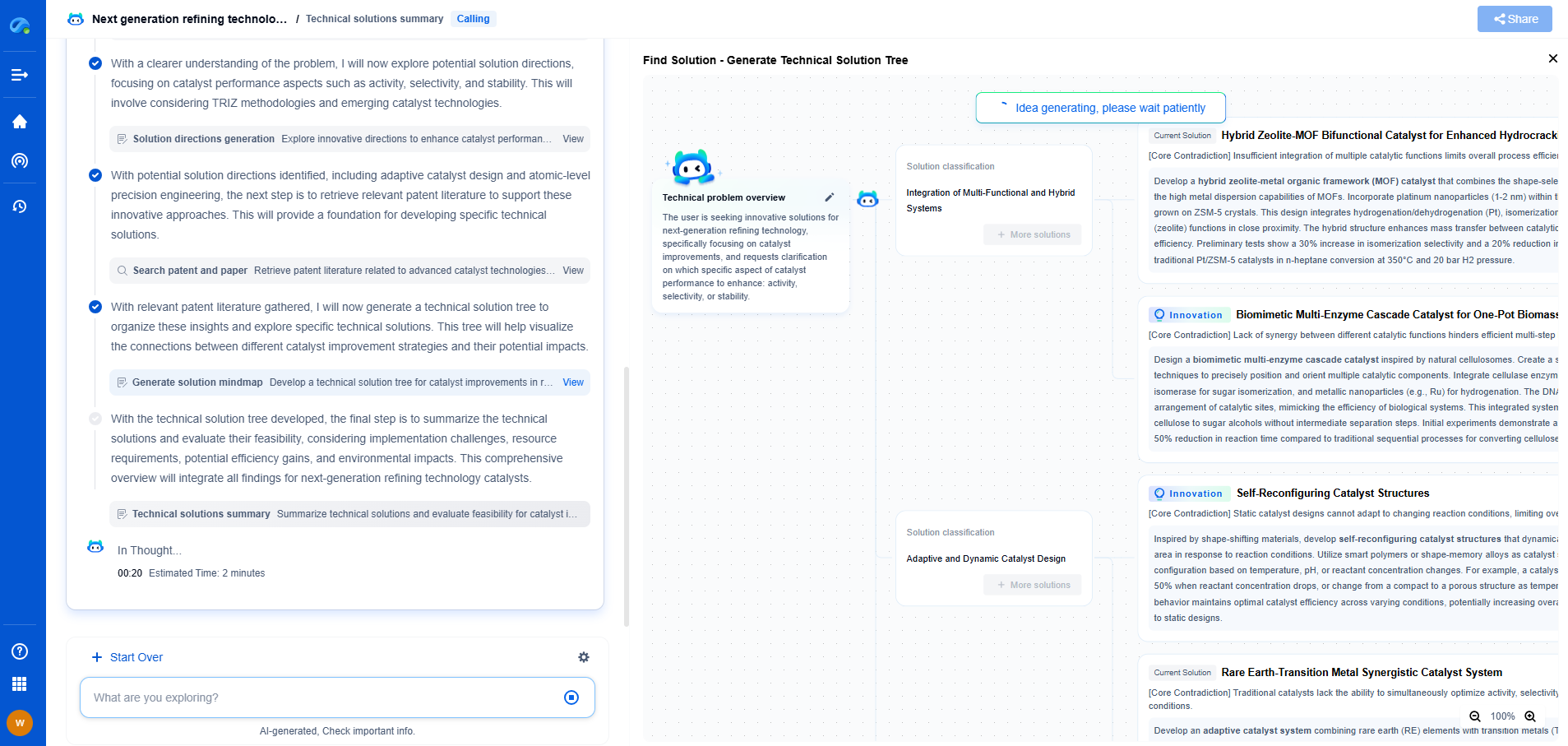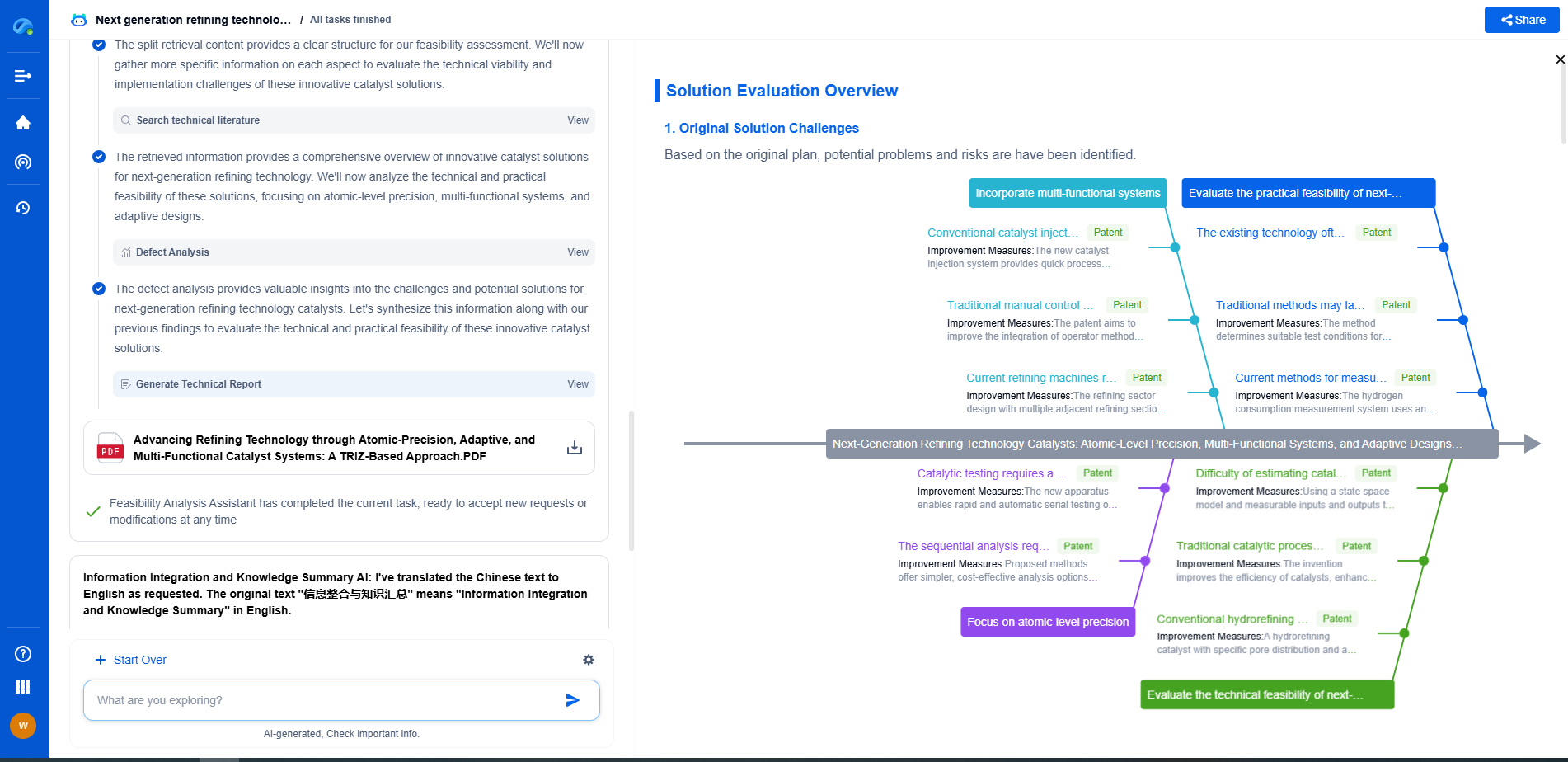How Does Fairness-Aware Machine Learning Work?
JUN 26, 2025 |
In recent years, machine learning has become an integral part of decision-making in various sectors, including finance, healthcare, and criminal justice. However, the deployment of these technologies has raised significant ethical concerns, particularly regarding fairness. Fairness-aware machine learning addresses these issues by ensuring that the algorithms do not perpetuate or exacerbate systemic biases. This article explores how fairness-aware machine learning works and the strategies used to develop fair algorithms.
Understanding Bias in Machine Learning
To comprehend fairness-aware machine learning, it is essential to first understand bias in machine learning models. Bias occurs when an algorithm consistently produces prejudiced results due to flawed data or design. Often, the data used to train these models reflect existing societal biases, leading to unfair outcomes. For example, a hiring algorithm trained on past employment data might favor certain demographics over others if historical data shows a bias towards those groups. Thus, addressing bias is crucial in developing fair machine learning systems.
Types of Fairness in Machine Learning
Fairness in machine learning can be categorized into several types, each addressing different aspects of bias:
- Demographic Parity: This type of fairness ensures that decisions do not disproportionately impact certain demographic groups. For instance, in a credit scoring model, demographic parity would mean that approval rates are similar across different racial or gender groups.
- Equal Opportunity: This approach focuses on providing equal true positive rates across groups. In a medical diagnosis model, equal opportunity would mean that the algorithm is equally accurate for different demographic groups in predicting positive cases.
- Individual Fairness: This concept emphasizes treating similar individuals similarly. It ensures that individuals who are alike in relevant aspects receive similar outcomes from the algorithm.
Fairness-Aware Algorithms
Fairness-aware algorithms are designed to mitigate bias and ensure fairness during model training and deployment. These algorithms employ various strategies to achieve fairness, such as:
- Preprocessing: This method involves modifying the training data to remove or reduce bias before feeding it into the model. Techniques include reweighting samples, generating synthetic data, or using adversarial debiasing methods to balance the dataset.
- In-Processing: In-processing techniques incorporate fairness constraints directly into the learning algorithm. This can involve regularization methods that penalize unfair outcomes or adversarial training to minimize bias.
- Post-Processing: Post-processing approaches adjust the model's output to ensure fairness after training. Techniques include re-ranking results, applying thresholds, or using decision boundaries to achieve desired fairness criteria.
Challenges and Limitations
While fairness-aware machine learning holds promise, it is not without challenges. There is often a trade-off between fairness and model accuracy. Ensuring fairness might lead to a loss in predictive performance, as models are constrained to meet fairness criteria. Additionally, defining fairness itself can be complex, as different stakeholders may have varying definitions of what is fair.
Another challenge is the lack of consensus on which fairness metric to prioritize, as improving one metric might worsen another. Furthermore, fairness-aware algorithms may require access to sensitive demographic information, raising privacy concerns and regulatory hurdles.
Conclusion
Fairness-aware machine learning is a crucial step towards building ethical and responsible AI systems. By understanding and addressing bias, developers can create algorithms that promote equity and justice across different sectors. Although challenges remain, ongoing research and advancements in fairness-aware methodologies continue to pave the way for more inclusive and fair machine learning applications. Through these efforts, the goal is to harness the power of AI while upholding ethical standards and safeguarding against perpetuating societal biases.
Unleash the Full Potential of AI Innovation with Patsnap Eureka
The frontier of machine learning evolves faster than ever—from foundation models and neuromorphic computing to edge AI and self-supervised learning. Whether you're exploring novel architectures, optimizing inference at scale, or tracking patent landscapes in generative AI, staying ahead demands more than human bandwidth.
Patsnap Eureka, our intelligent AI assistant built for R&D professionals in high-tech sectors, empowers you with real-time expert-level analysis, technology roadmap exploration, and strategic mapping of core patents—all within a seamless, user-friendly interface.
👉 Try Patsnap Eureka today to accelerate your journey from ML ideas to IP assets—request a personalized demo or activate your trial now.
- R&D
- Intellectual Property
- Life Sciences
- Materials
- Tech Scout
- Unparalleled Data Quality
- Higher Quality Content
- 60% Fewer Hallucinations
Browse by: Latest US Patents, China's latest patents, Technical Efficacy Thesaurus, Application Domain, Technology Topic, Popular Technical Reports.
© 2025 PatSnap. All rights reserved.Legal|Privacy policy|Modern Slavery Act Transparency Statement|Sitemap|About US| Contact US: help@patsnap.com

